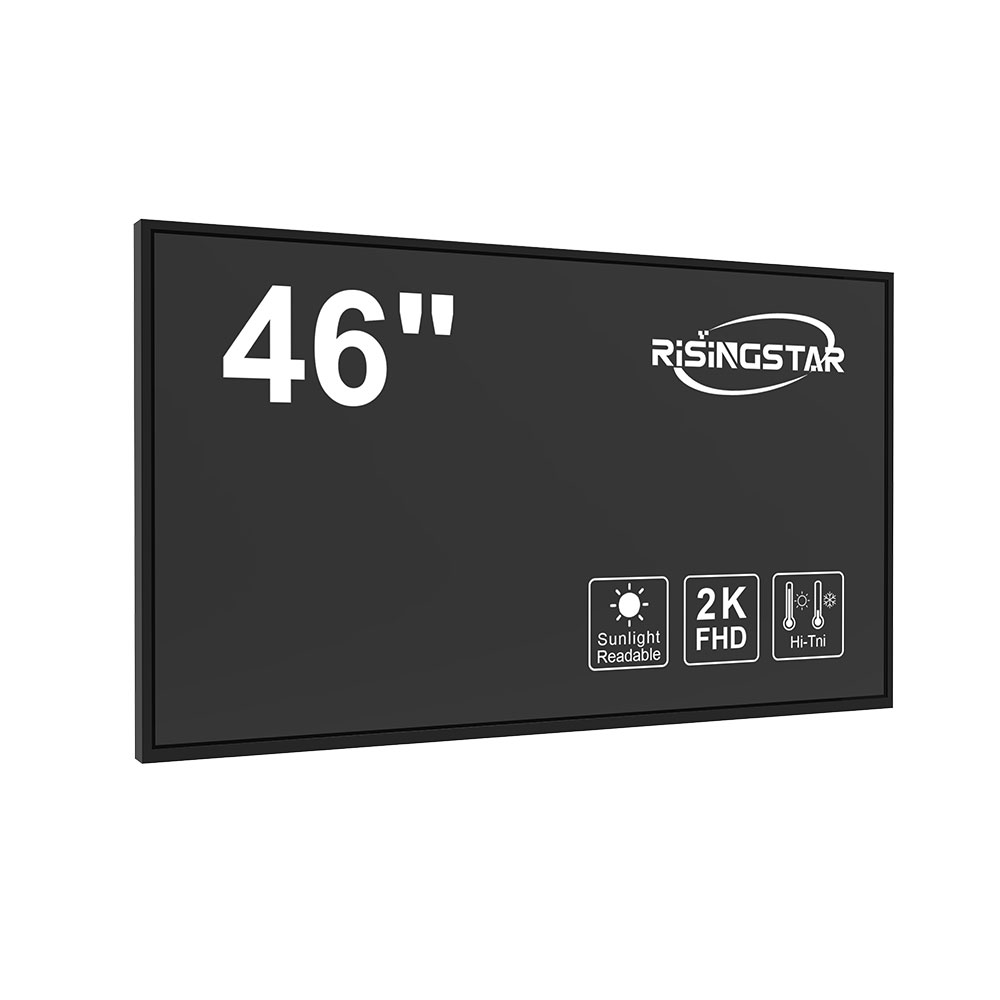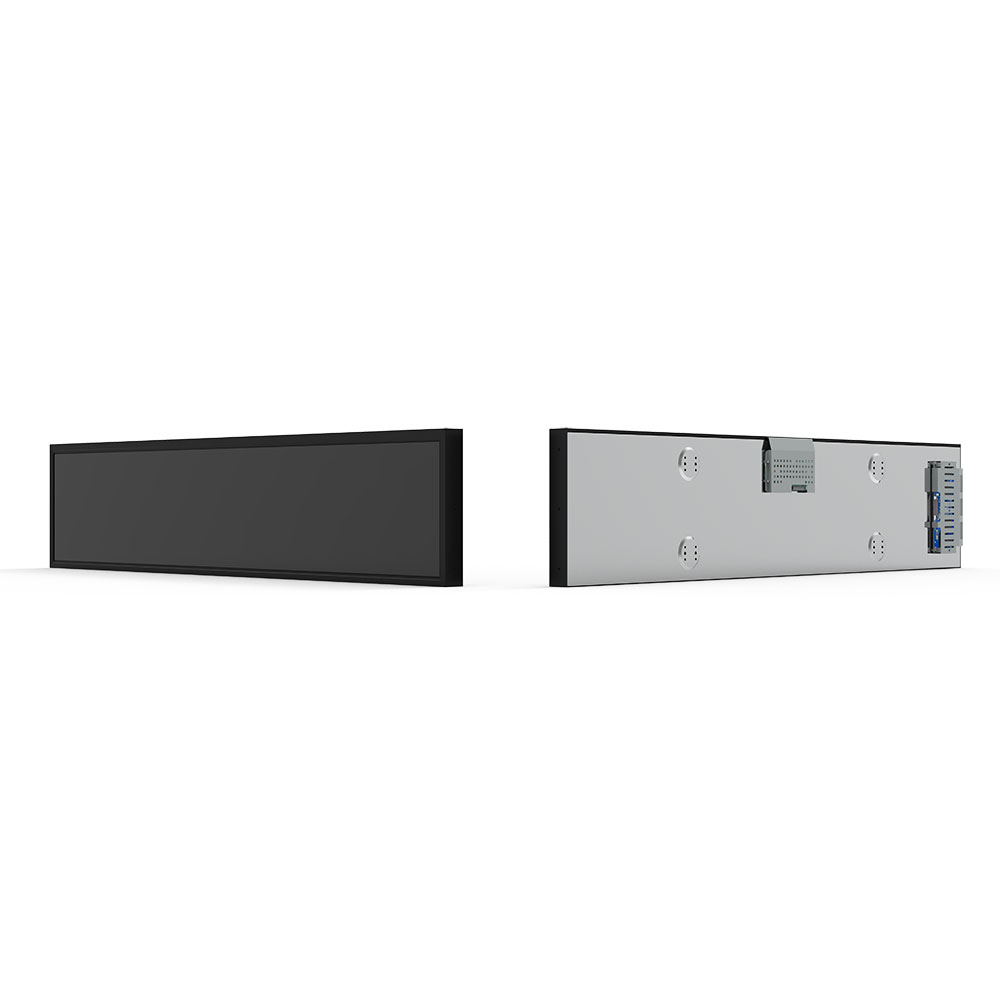- Home
- About Us
- Products
- News
- Video
- Contact
- Send Inquiry
Search
- Home
- About Us
- Products
- News
- Video
- Contact
- Send Inquiry

When deploying an outdoor LCD screen in environments such as retail stores, transportation hubs, or public squares, it's critical to prioritize both visibility under various lighting conditions and long-term durability against weather, temperature fluctuations, and physical wear. The wrong choice can lead to poor viewer engagement, frequent maintenance costs, and even safety hazards. As a professional outdoor LCD screen engineer with over 15 years of experience in designing commercial-grade displays for global clients—from Times Square digital billboards to airport departure boards—I’ve seen firsthand how technical specifications and environmental factors influence real-world performance.
First, consider brightness levels. Industry standards from the Society of Motion Picture and Television Engineers (SMPTE) recommend at least 5,000 nits for daylight visibility, but for high-contrast environments like direct sunlight or urban canyons, 7,000–10,000 nits are often necessary. Our team has tested multiple models in Dubai’s desert climate and found that screens below 8,000 nits became unreadable by midday. High-brightness panels use LED backlights with advanced diffusers and optical films to minimize glare while maintaining uniform illumination across the display surface.
Next, assess environmental protection ratings. The IP65 rating is the minimum acceptable standard for outdoor use—it ensures dust resistance and water spray protection. For coastal areas or regions with heavy rain, IP66 or even IP67 should be considered. In one case study involving a beachfront kiosk in Miami, we upgraded from IP65 to IP67 after customers reported intermittent screen failures due to saltwater intrusion during storms.

Durability also extends to the housing and mounting system. Aluminum alloy enclosures with corrosion-resistant coatings outperform plastic alternatives in extreme climates. We’ve used MIL-STD-810G-certified mounting brackets in high-wind zones like Chicago and Hong Kong, which withstand wind speeds up to 120 km/h without vibration-induced image distortion—a common issue with cheaper steel mounts.

For longevity, look for components rated for wide operating temperatures: -30°C to +60°C for most applications, though some specialized industrial units operate down to -40°C. Thermal management is key—passive cooling systems using heat pipes and vented enclosures work better than active fans in dusty or humid settings. A client in Alaska experienced premature failure of their fan-cooled units due to ice buildup; switching to passive cooling increased mean time between failures (MTBF) from 18 months to over 5 years.
Finally, evaluate software integration. Modern outdoor LCDs must support remote diagnostics, automatic brightness adjustment via ambient light sensors, and content scheduling. Using ONVIF-compliant firmware allows seamless integration with existing video management systems (VMS), reducing installation complexity and enhancing operational efficiency.
By following these best practices based on real-world deployment data and industry benchmarks, you ensure your outdoor LCD investment delivers reliable performance, clear visuals, and long-term ROI—even in the harshest conditions.
